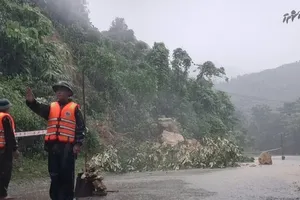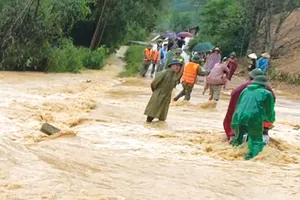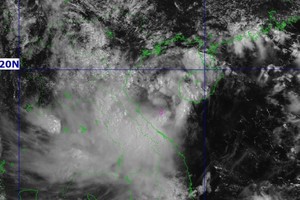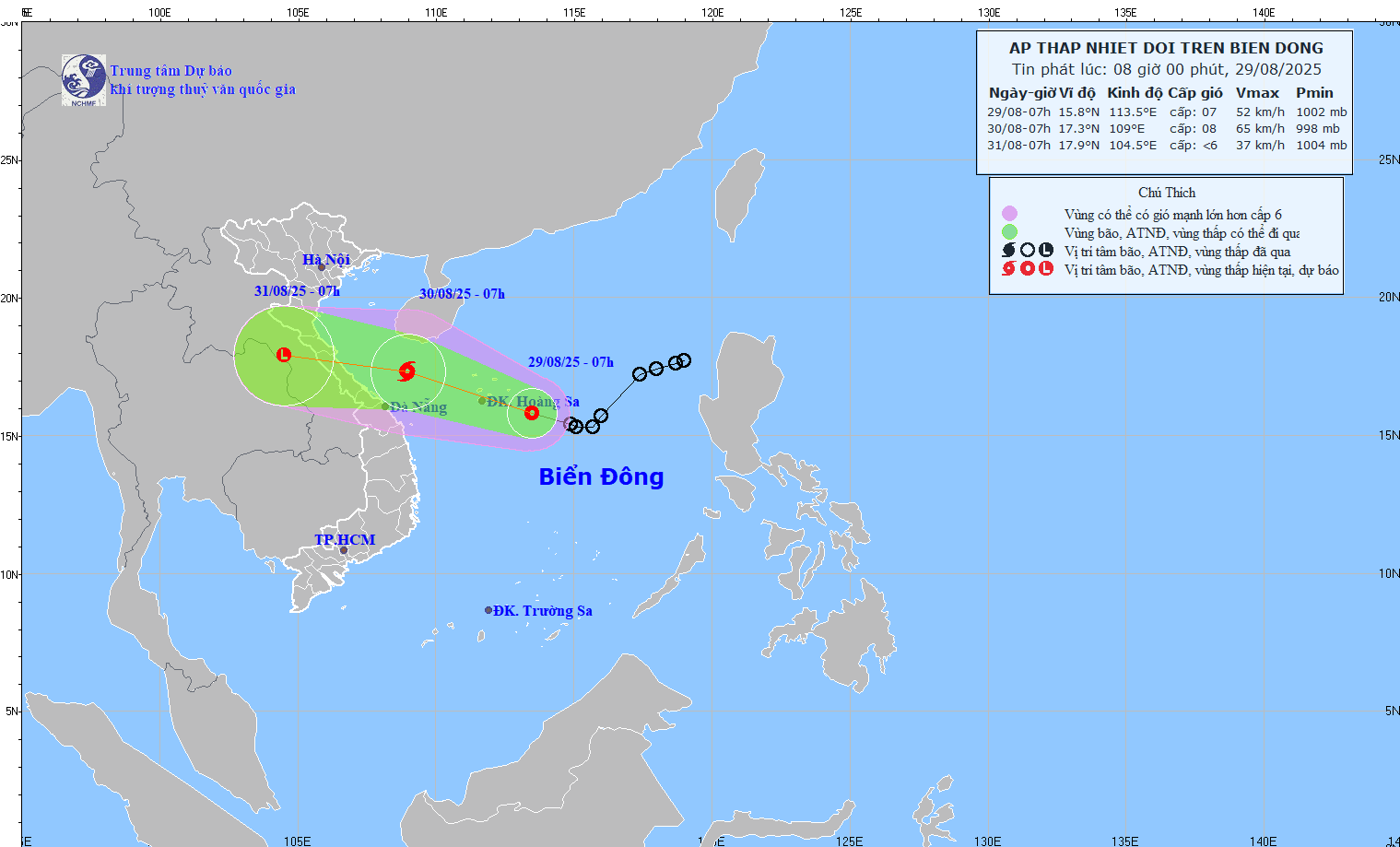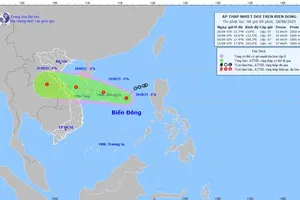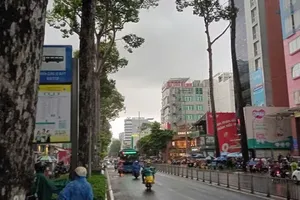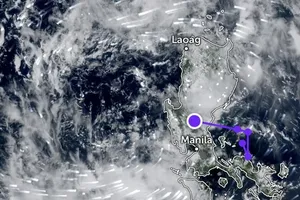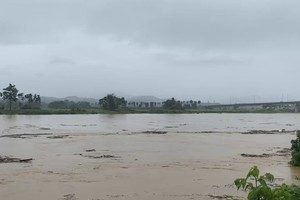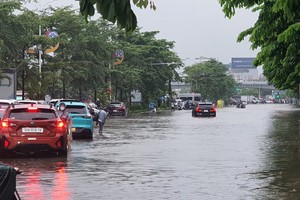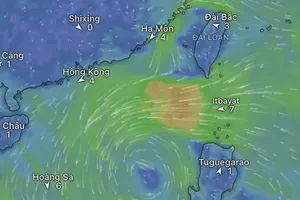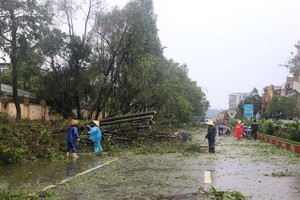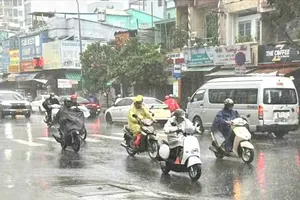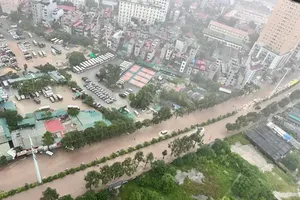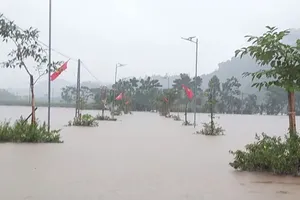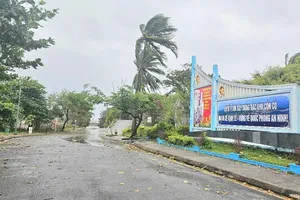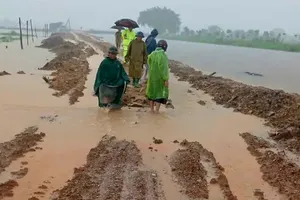Hospitalizations of children and old people in the central have skyrocketed with unseasonal hot weather.
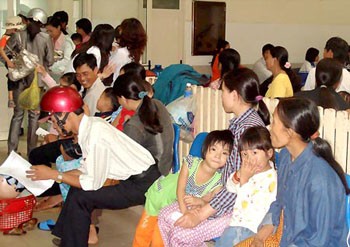
The hot dry conditions also caused water shortages and plagues of insects and pests for farmers.
The central coastal provinces usually have very hot dry weather in May, but the heat has arrived early with temperatures between 34-38 Degrees Celsius.
All health centers and hospitals in the central region reported a 10-20 percent increase in patients, mostly children and elderly.
At 8am on Monday, the waiting rooms for the pediatric ward of Hue Central Hospital were full of mothers carrying sick children, many of them forced to sit in the aisles.
The ward head Dinh Quang Tuan said, in the last week, 100-150 children per day had come for health checks and treatment, half with respiratory diseases.
Crop Pests
Persistent hot weather and high humidity- over 89 percent, in the central region has helped rice leaf folders, brown backed rice plant hoppers, brown spot and other diseases to thrive, damaging thousands hectares of paddies.
Over the last 10 days in Thua Thien-Hue Province, rice farms reported leaf folders had invaded crops with a density of 2-5 worms a square meter.
Rice blast disease attacked 3-5 percent of rice in the province – the figure was up to15 percent in some districts including Phong Dien, Quang Dien and Phu Vang.
At Huong Van Commune, Huong Tra District in the province, many wells dried up. Some households spent VND1-1.5 million to dig new wells and buy higher capacity water-pumps.
In recent days, high salinity has affected the low section of Thu Bon River in the neighboring province of Quang Nam, putting over 600 hectares of rice in Duy Xuyen District at risk of water shortages.
Tu Cau Pumping Station in Da Nang City, which takes water from Vinh Dien River, recorded high salinity of 4 percent, causing irrigation water shortages for over 208 hectares of rice in Ngu Hanh Son District.
Local authorities had to install pumps for two reserve stations in the district to operate day and night.
| Mekong Delta at high fire risk The recent heat wave has dried out cajuput forests in the Mekong Delta putting them at high fire danger. About 36,000 hectares of forest in U Minh Ha, Ca Mau Province have been rated at high fire risk levels between 4-5. Over 700 hectares of forests in Hon Khoai and Hon Chuoi Islands are tinder dry. Le Van Hai, deputy head of Ca Mau Province’s Forest Management Sub-department said the province has mobilized all resources to protect the forests from fire. Authorities fear, however, that a fire might be stared by any of the 6,000 households living and working around cajuput forests. According to the General Statistics Office, in the first two months of this year, the area of forest fired and cut down has jumped to 1,211 hectares, 2.6 fold higher than the same period last year. In total, 1,029 hectares of forest has been burnt, 7.2 fold more than last year while forests cleared amounted to 181.4 hectares, a reduction of 42 percent from last year. |
